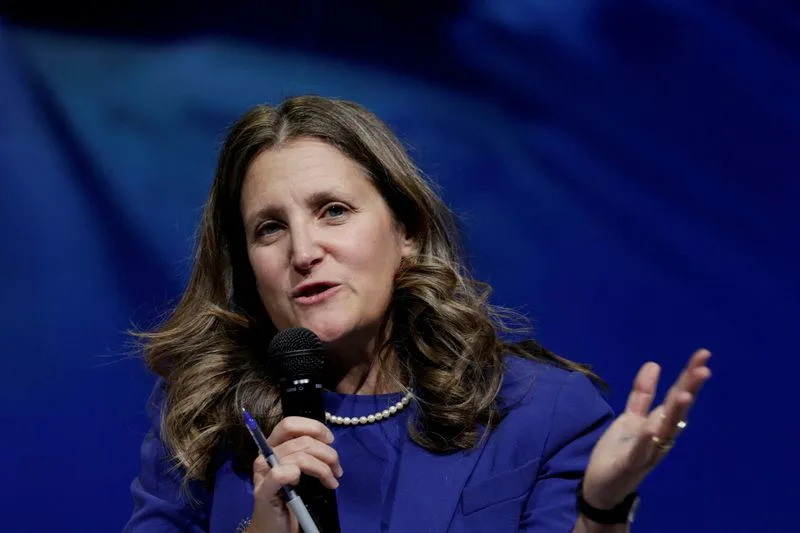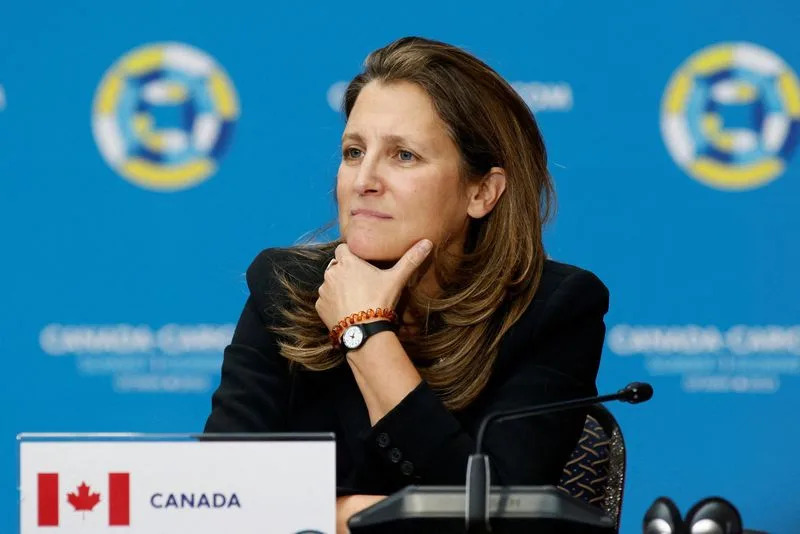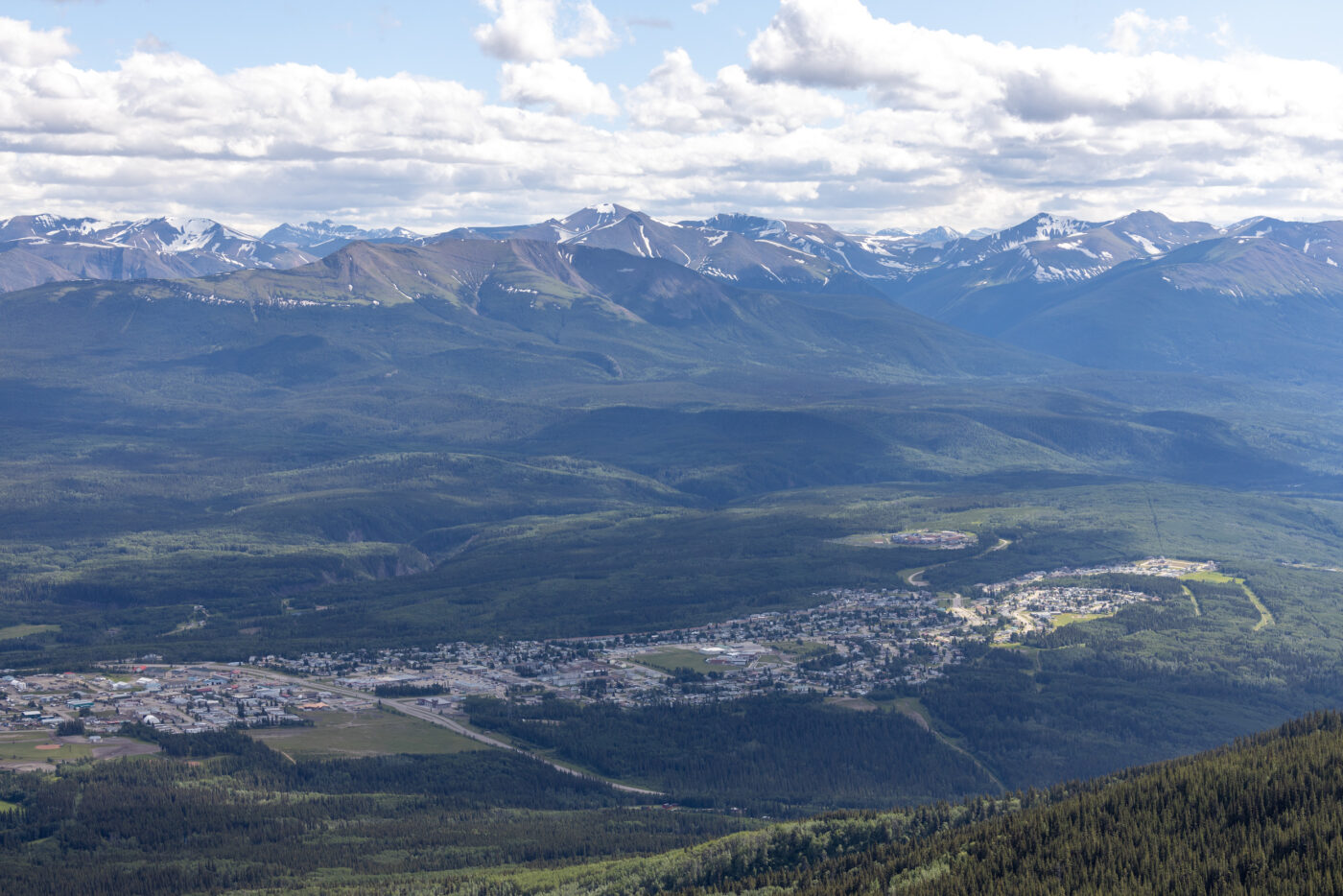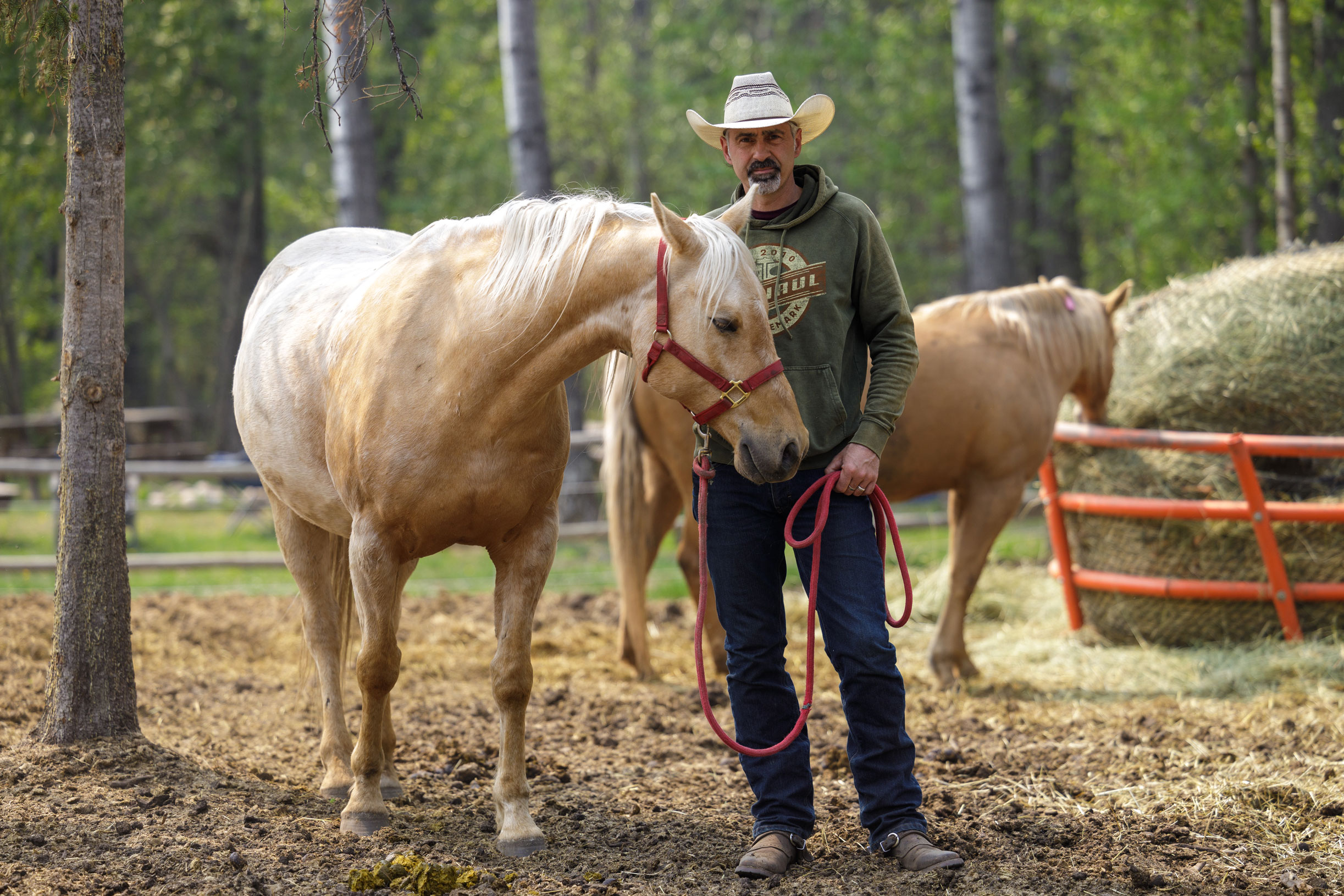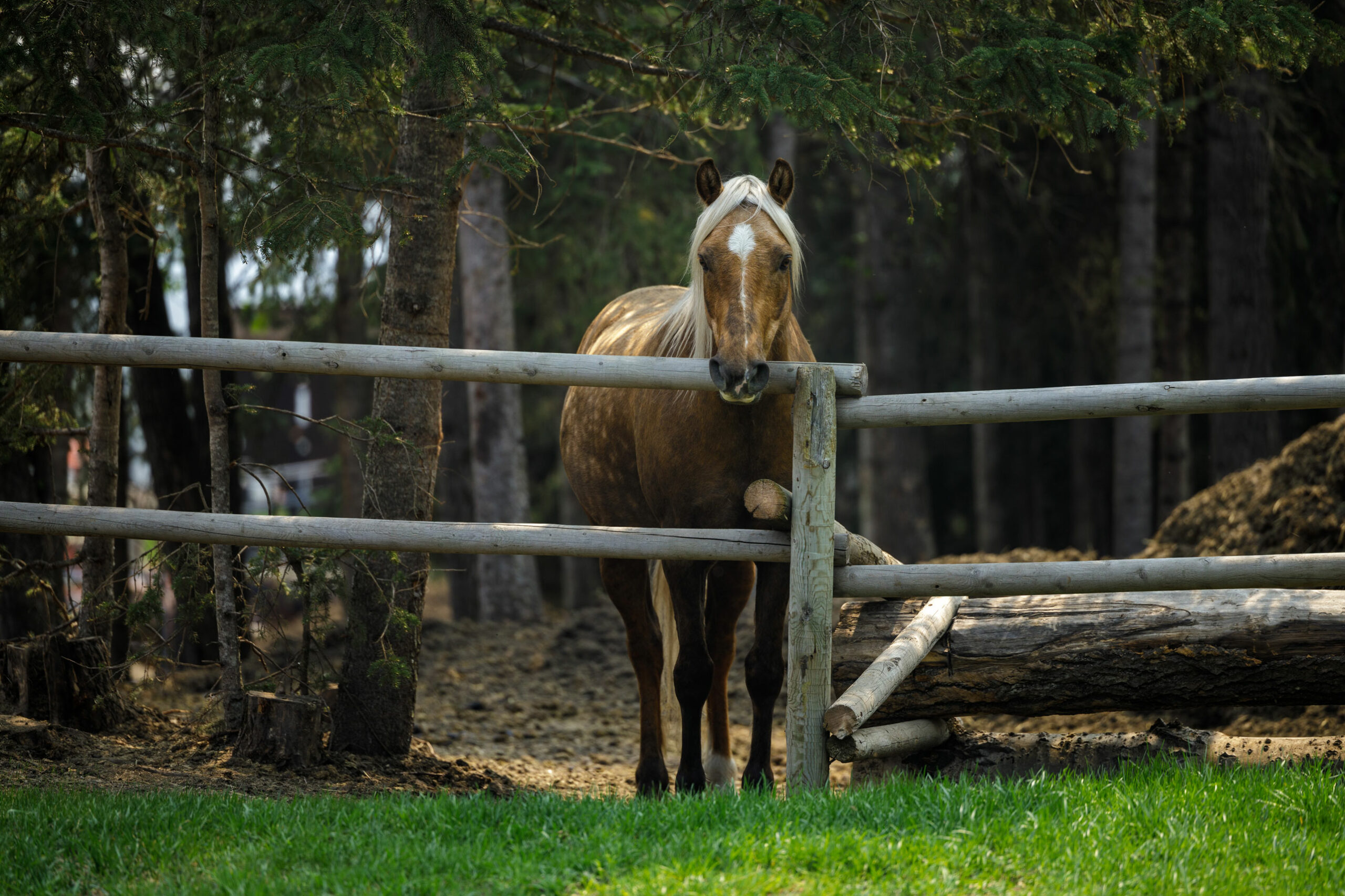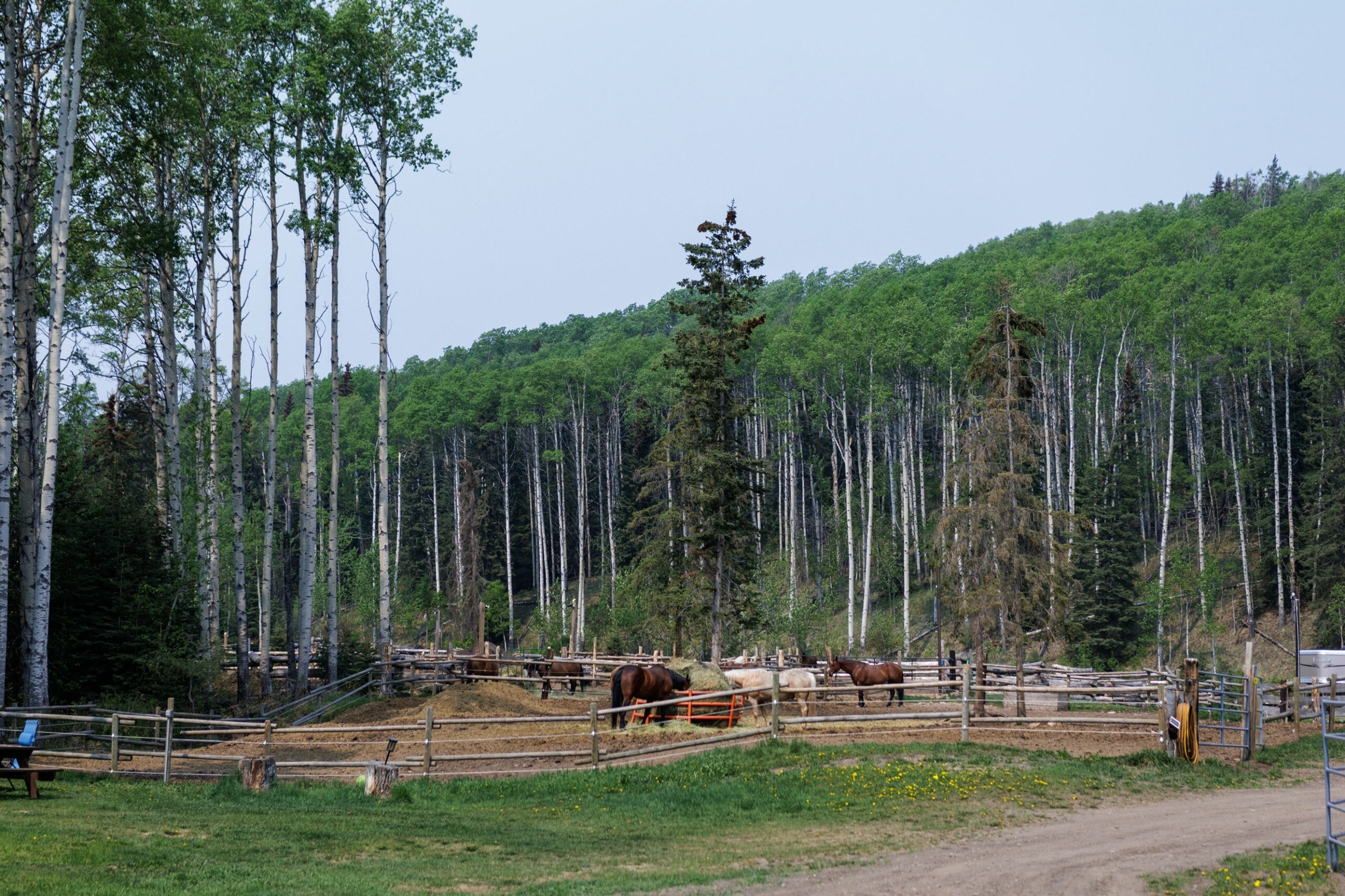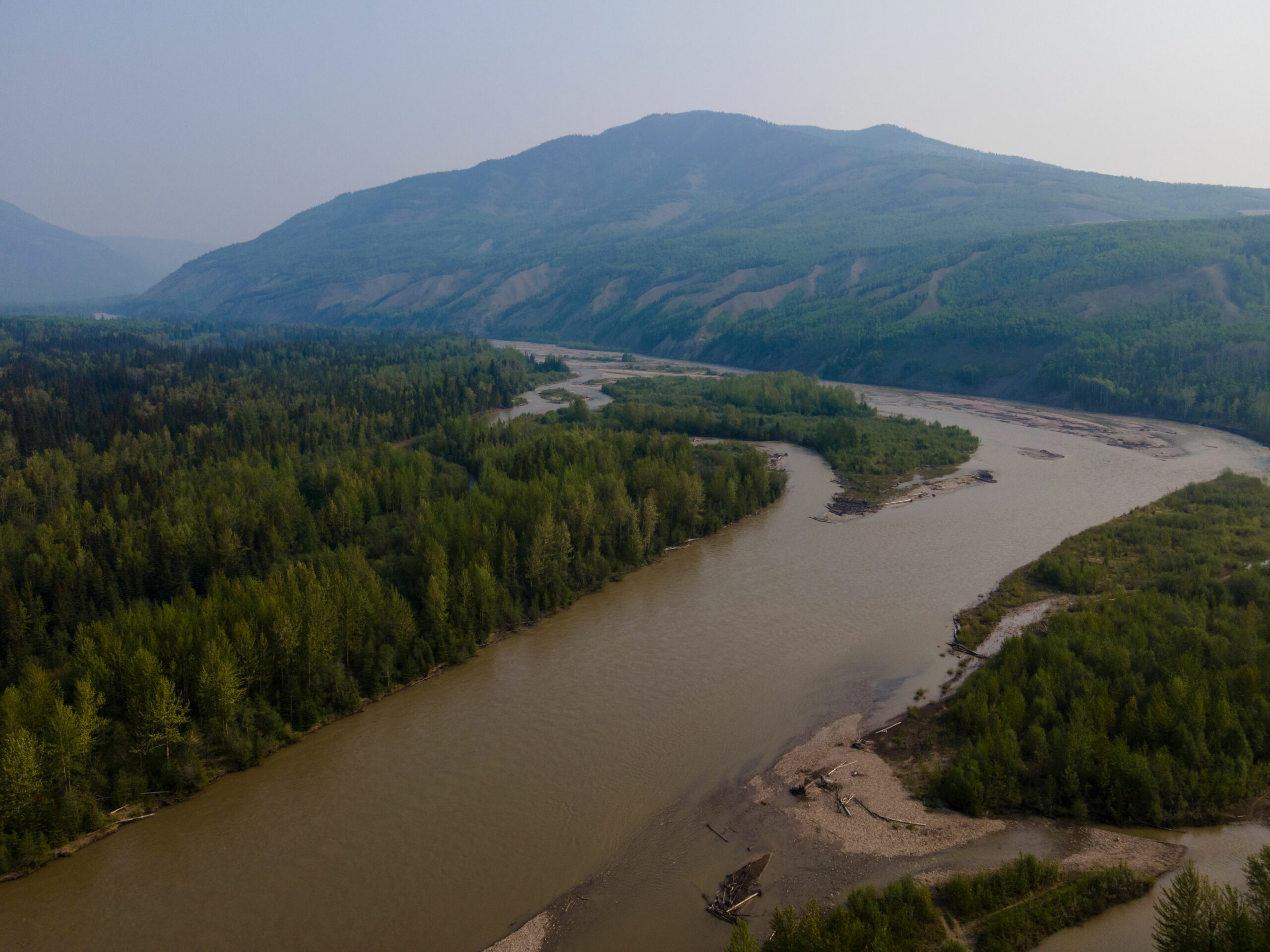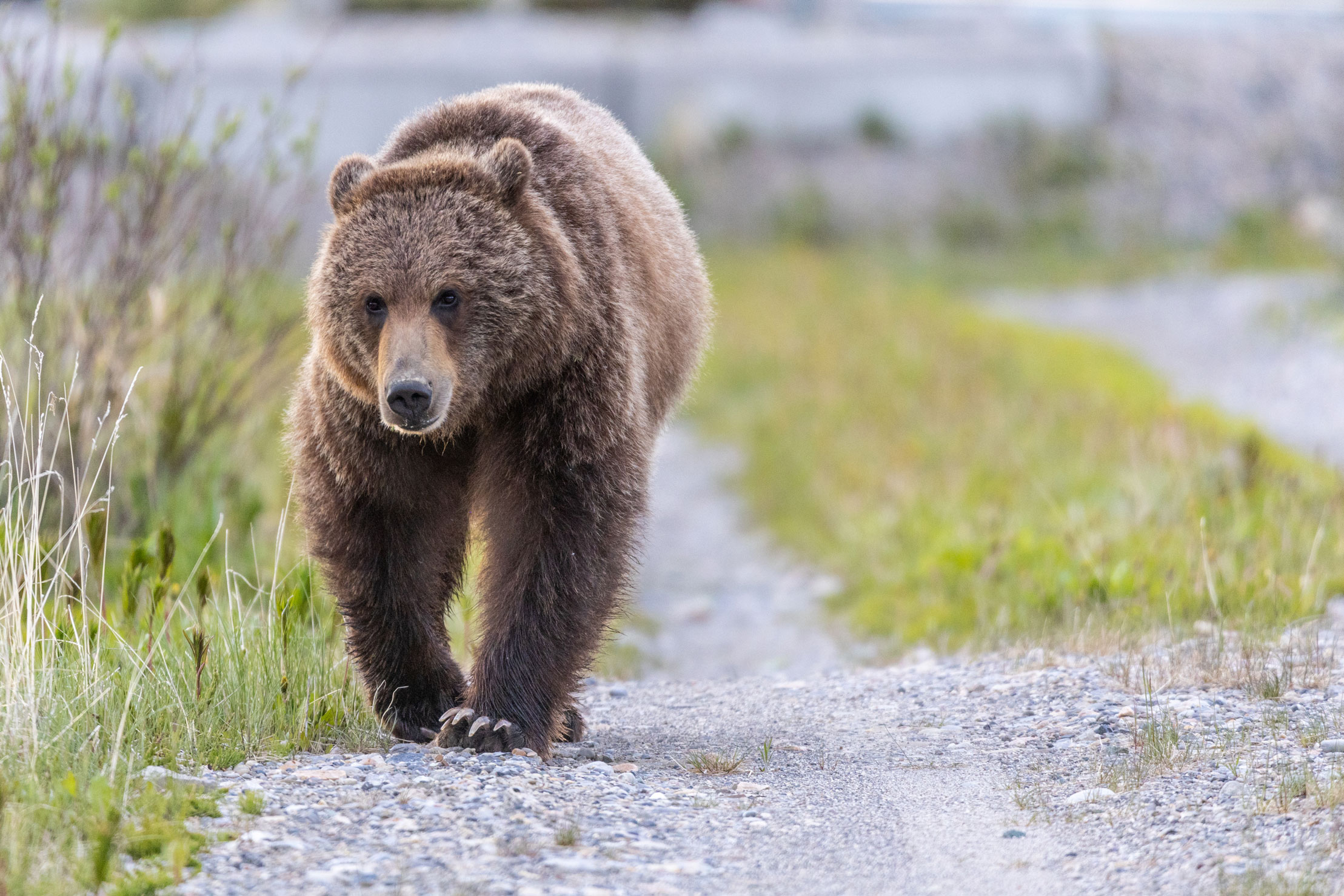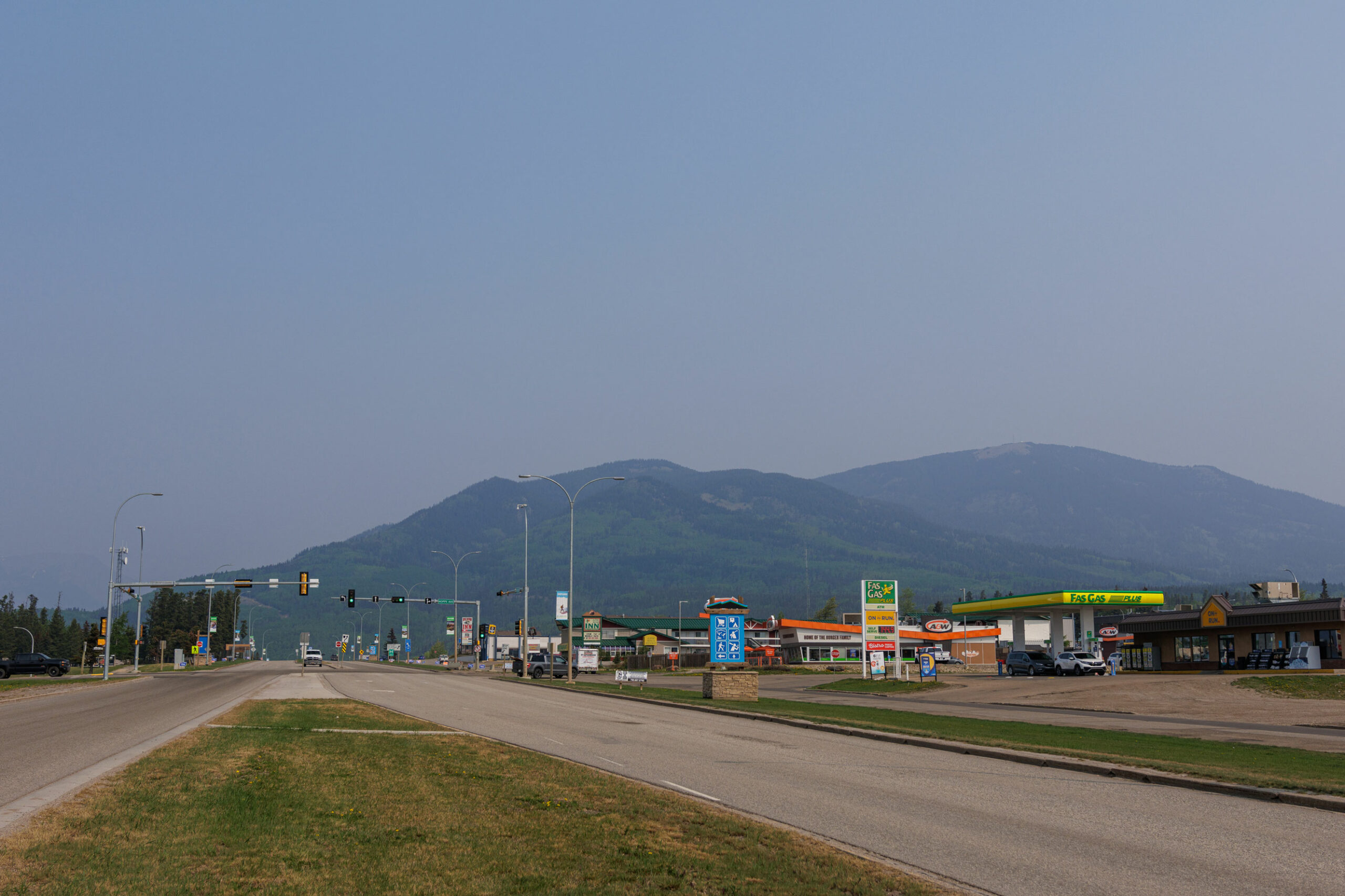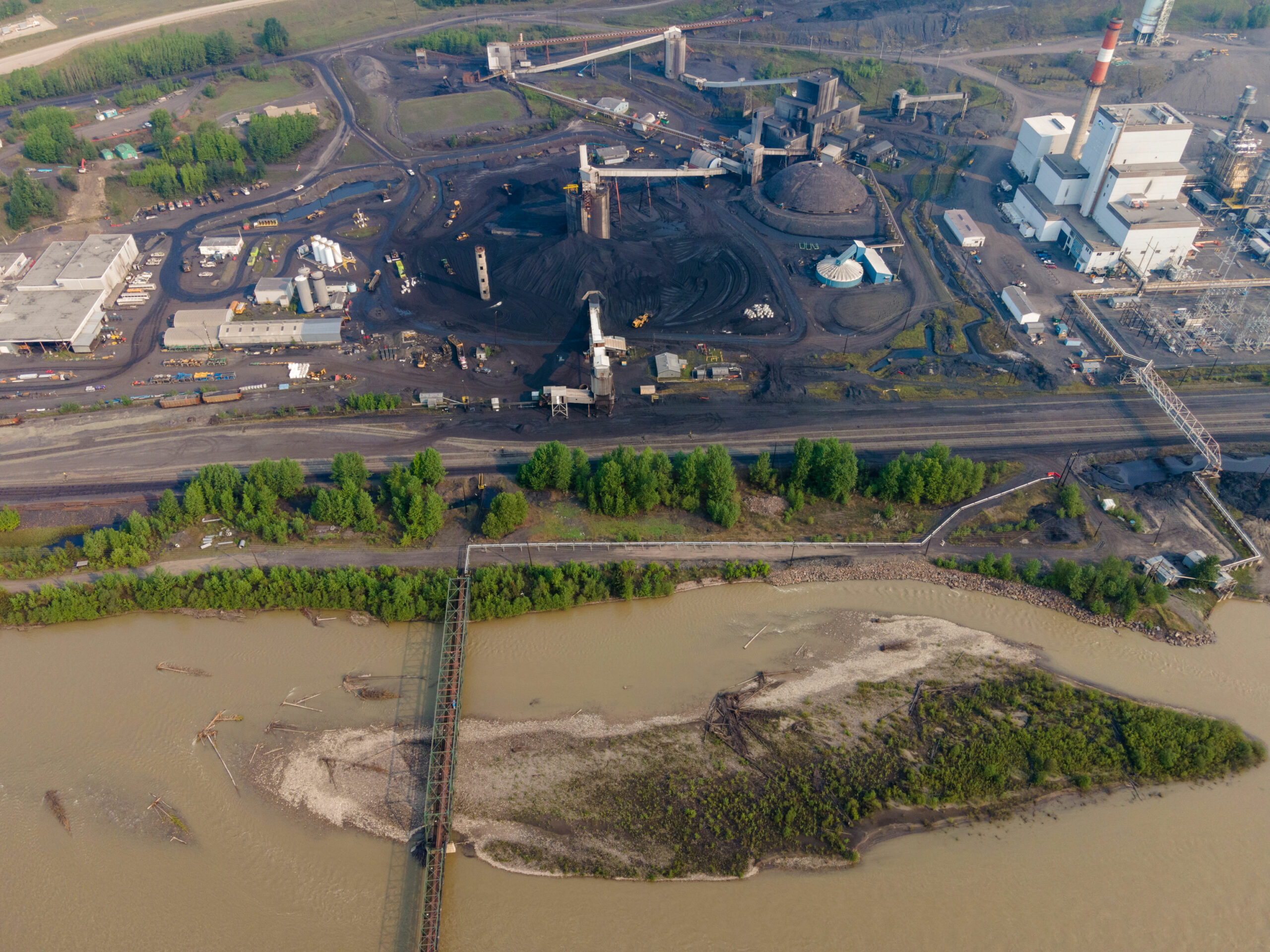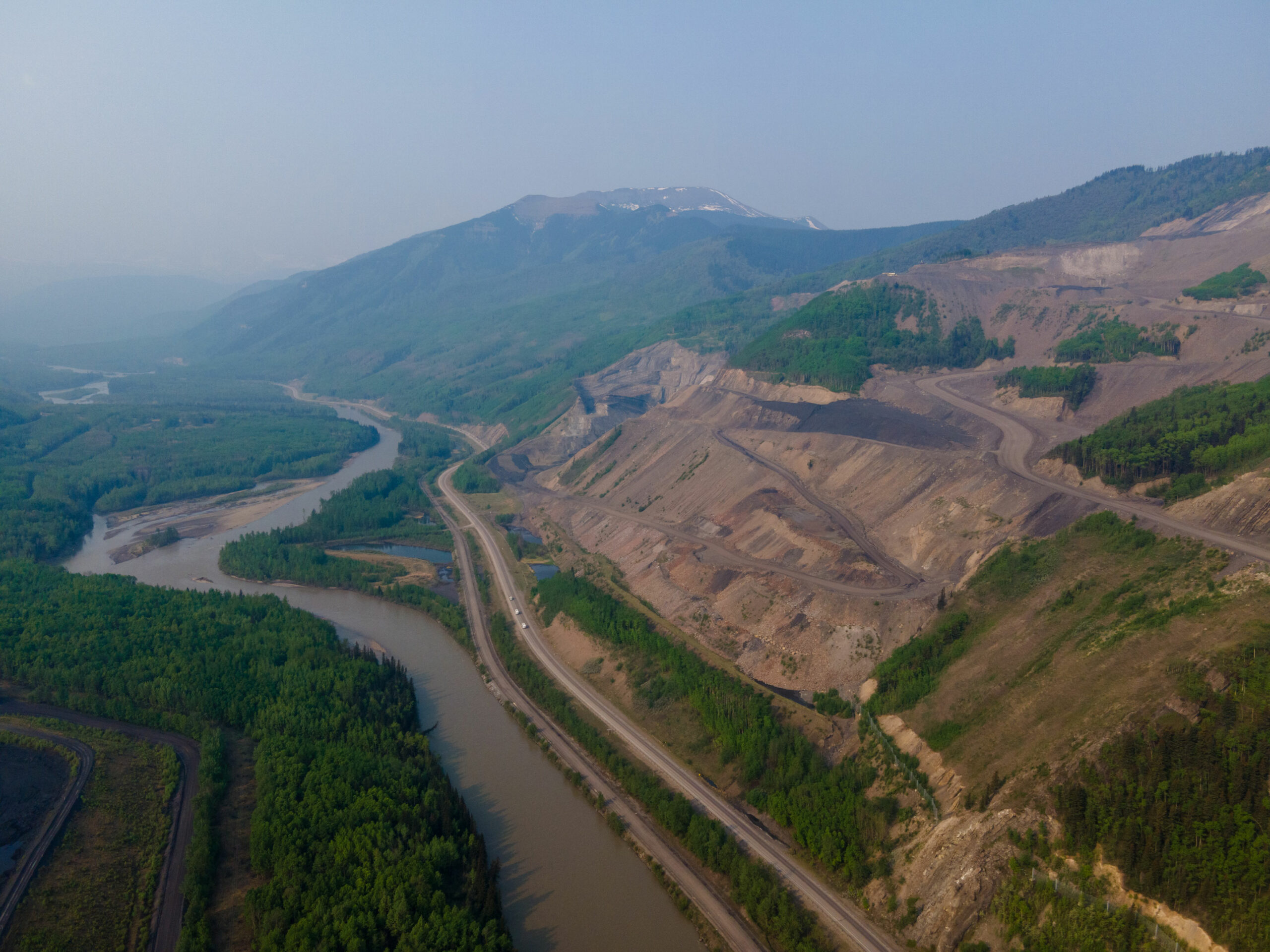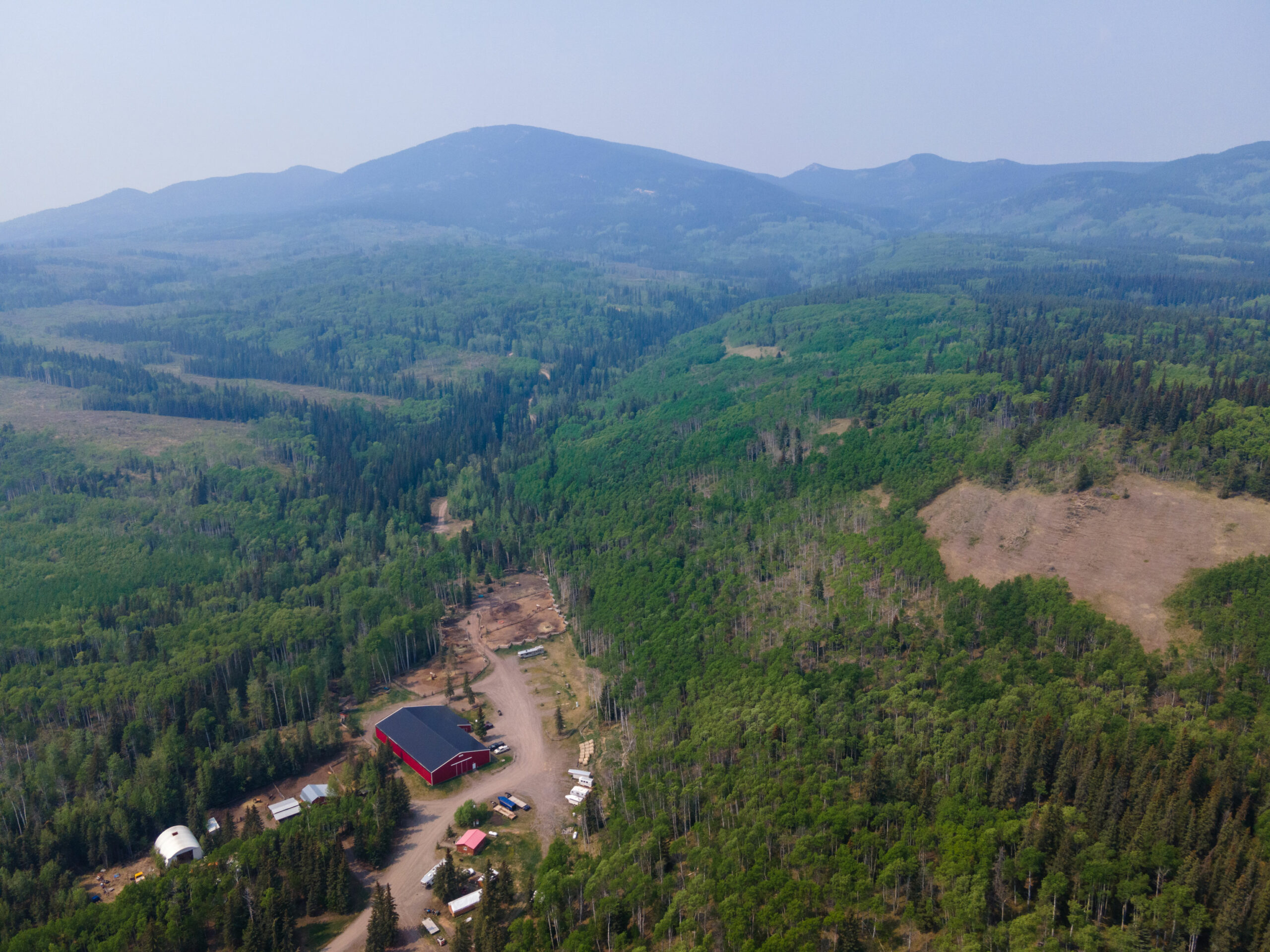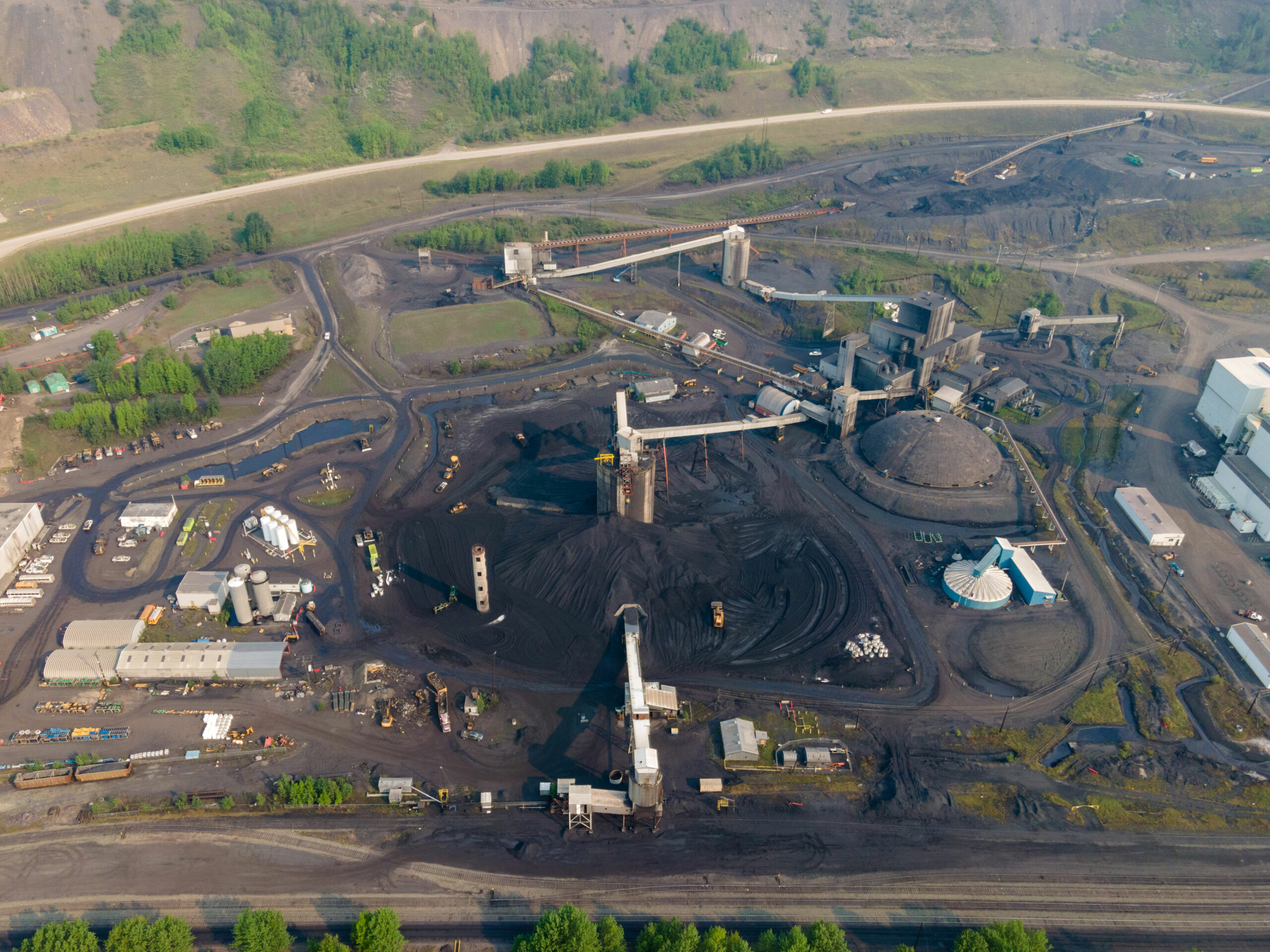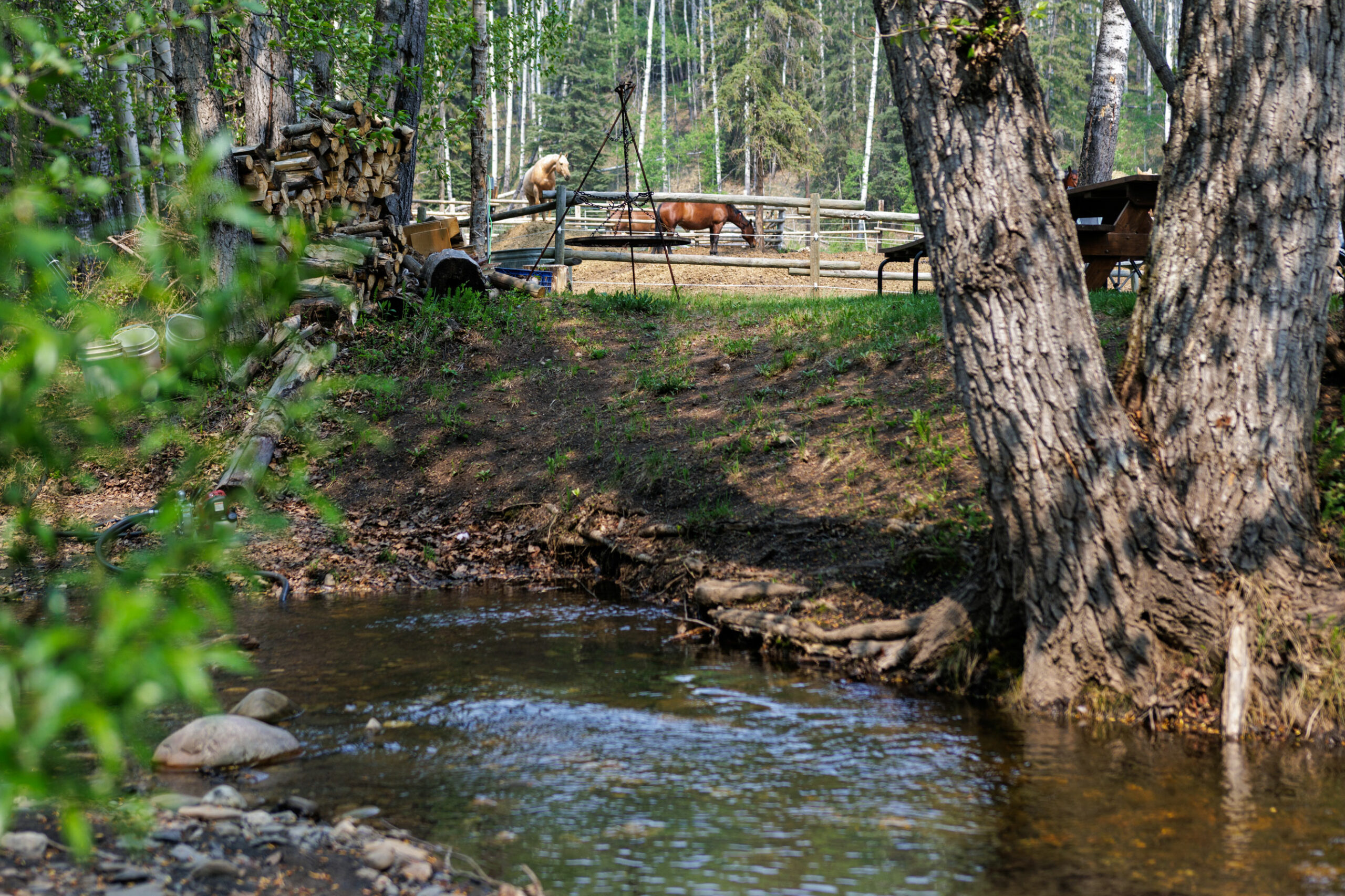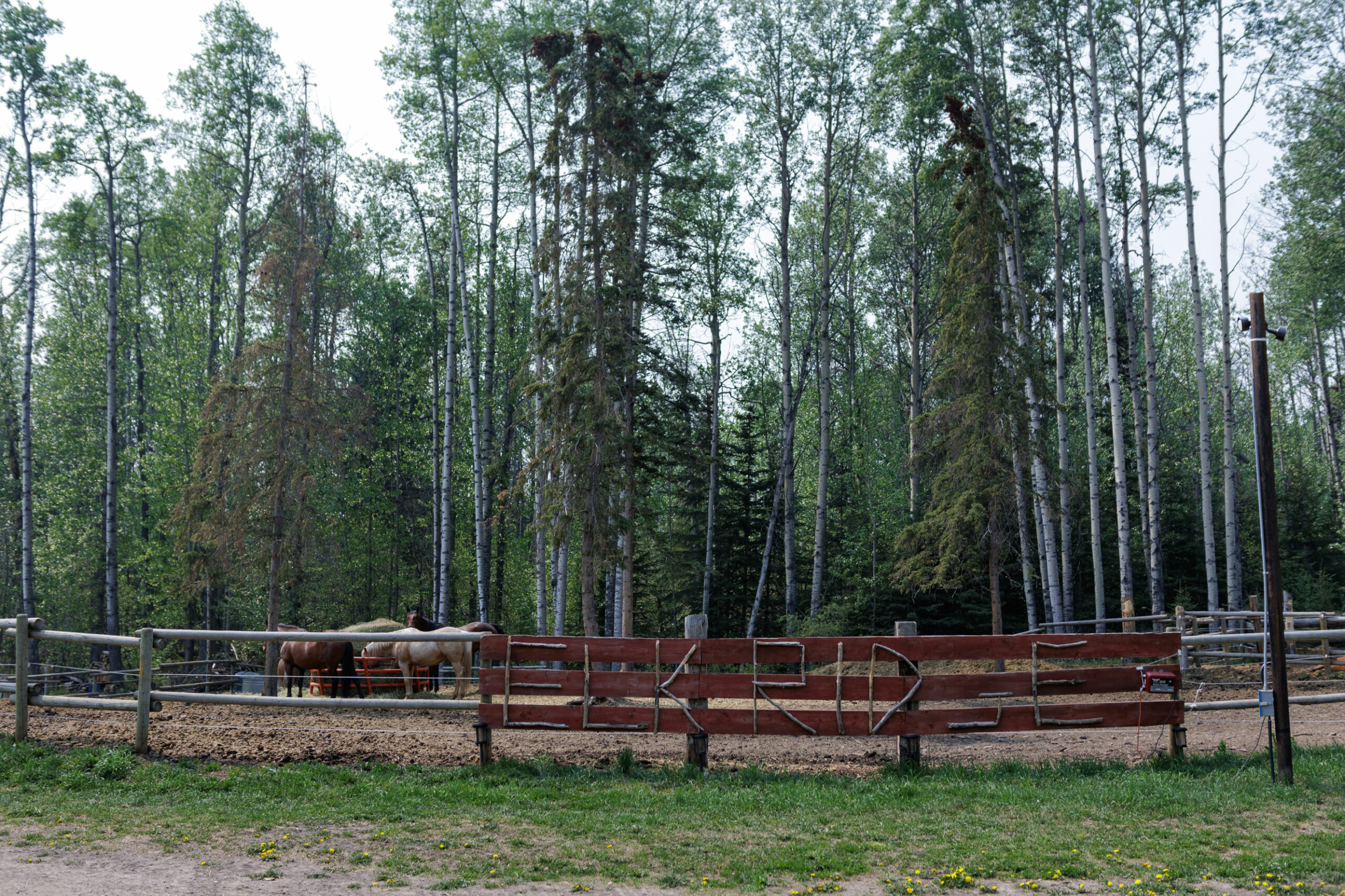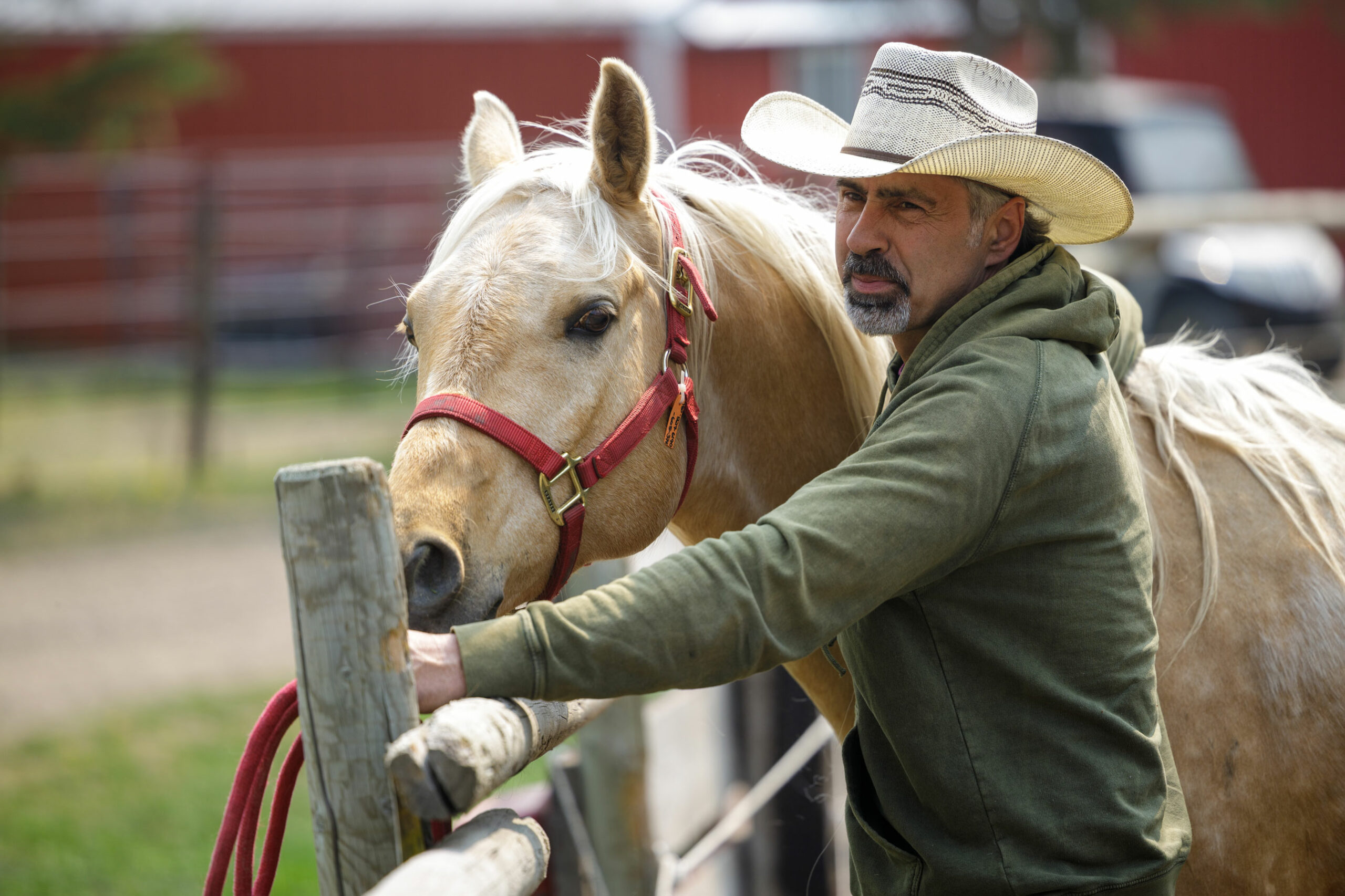Alberta NDP leadership candidates accuse Naheed Nenshi of anti-union statements
CBC
Thu, May 9, 2024
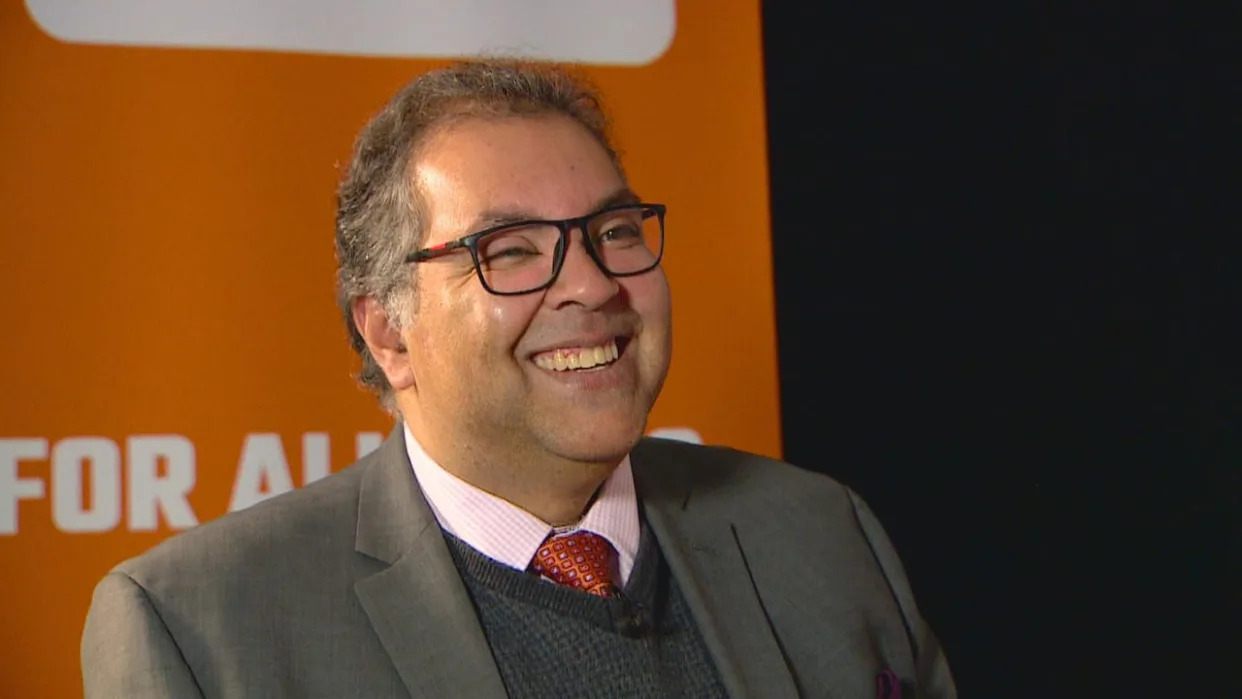
Former Calgary mayor Naheed Nenshi, the presumed front-runner in the race for the leadership of the Alberta NDP, is facing questions about a five-year-old letter his opponents say signals he is anti-union. (CBC News - image credit)
A letter written five years ago by Naheed Nenshi, the presumed front-runner in the race to lead the Alberta NDP, is being held up by some of his opponents as evidence the former Calgary mayor is anti-union.
The letter was written on Dec. 20, 2019, and addressed to Jason Copping, the province's labour and immigration minister at the time.
In it, then-mayor Nenshi cites the hollowing-out of Calgary's downtown core driven by a severe downturn in the oil sector, and the resultant loss of property-tax revenue. He asks the province to consider changing city union contracts and freezing wages, to help the city's efforts to "do more with less."
"Many of the city's employees covered by collective agreements will see a 1.5 per cent wage increase in 2020. This represents an approximately $31 million increase to the base operational budget," the letter says.
"Against this backdrop, I am asking your government to consider and review what actions, if any, could allow for the altering of existing and pending collective agreements that would enable council to consider a 2020 wage freeze."
The letter goes on to acknowledge the request would be "an extraordinary measure," but says it can be "demonstrably justified given the current economic crisis facing the city and the potential impacts on homeowners and small businesses."
'It's about basic fairness'
Nenshi's rivals for the NDP leadership were quick to take to social media to condemn the candidate's apparent willingness to tear up collective agreements with city workers.
Leadership candidate and Calgary MLA Kathleen Ganleyposted on X, formerly known as Twitter, that she believes everyone "should respect the deals they've made and the rights of others. It's about basic fairness."
"I am deeply disturbed by the letter from former Mayor Nenshi that attempts to squirm out of a deal that he made with city workers," Ganley wrote.
Gil McGowan, a candidate for the NDP leadership and the president of the Alberta Federation of Labour,wrote on X, "No New Democrat I know would have ever signed a letter like that. This is serious."
"At the least, this raises red flags about Naheed's judgment. At worst, it suggests that when push comes to shove, he can't be counted on to take the side of workers," McGowan wrote.
"That's a pretty serious concern to be raised about someone who is running to lead what is, or at least was, the workers' party."
In a statement issued on Thursday, Nenshi described the letter as political gamesmanship.
"Some members of city council were advocating to unilaterally tear up city contracts and roll back wages — something I could never support. In the end, I got them back to doing some more analysis and asking the province if they would ever even consider these changes. I knew full well that the province wouldn't," reads Nenshi's post to X.
He says that even if the provincial government considered the amendments, city council would not have acted upon it automatically.
"There would have been another series of battles around the council table, which I was confident of winning after we passed our budget."
In an interview with The Canadian Press, Nenshi said he never believed in the letter, and did it "because council asked me to do it."
In a later section of the letter, the then-mayor asks the minister to exempt municipalities from the "successor rights" provisions of the province's Labour Relations Code. Successor rights are intended to protect certified union workers from being decertified if the business they work for is sold.
"It may be that some services currently delivered by municipalities could be more efficiently delivered by the private sector, creating savings that could be passed on to citizens. However the successorship rights of municipal unions can impede these efforts," reads the letter.
His Thursday statement posted to social media also addressed the issue of successorship, saying that it "was about a desire for some members of council to privatize city golf courses and waste collection — issues I strenuously objected to and eventually turned back their efforts on."
Nenshi also told CP that he didn't undermine labour laws as mayor and "won't do it as premier."
Accusation 'laughable'
Jeromy Farkas, a former Calgary city councillor who ran in the race to succeed Nenshi as mayor, calls any accusation that his former council colleague is anti-union "laughable."
"FACT: He and [Calgary city council] took a 2.5 per cent pay cut at the same time as employees received a 4 per cent increase," Farkas wrote inan X post.
"Love or hate him, this is a guy who unrelentingly supported unionized city workers."
One of Nenshi's competitors in the NDP leadership race says the membership will ultimately decide what the political impact of this action is when they vote for a new party leader.
In an interview with CBC News, Sarah Hoffman — NDP leadership candidate and MLA for Edmonton-Glenora since 2015 — says that Nenshi "asking to break a deal that was negotiated in good faith" is problematic.
"I think this is a question of integrity," said Hoffman. "Saying that you only signed something because somebody told you to … if you're going to put your signature on something, you should stand by it."
Provincial NDP north of 85,000 members, sources say
CBC News has learned that the total Alberta NDP membership has reached over 85,000 members, according to NDP sources.
That's more than five times the size of the membership earlier this year, which was around 16,500 members.
Some say the resurfacing of the letter is an effort to pile on the front-runner.
Keith McLaughlin, partner at New West Public Affairs and former chief of staff to various NDP ministers when Rachel Notley was premier, doesn't believe this situation will greatly impact the leadership race.
"This leadership race is not about who is the most pro-union candidate," he told CBC News.
"If we want to be litigating things that people were doing from 2018 or 2017 or 2016, there's decisions that others made in this leadership race that could be brought up, too."

Alberta NDP leadership candidates, from left, Sarah Hoffman, Kathleen Ganley, Naheed Nenshi, Gil McGowan and Jodi Calahoo Stonehouse take part in the party's first leaders' debate in Lethbridge on April 25.
Alberta NDP leadership candidates, from left, Sarah Hoffman, Kathleen Ganley, Naheed Nenshi, Gil McGowan and Jodi Calahoo Stonehouse take part in the party's first leaders' debate in Lethbridge on April 25. (Ose Irete/CBC)
However, while McLaughlin characterizes this as a "don't throw stones when you live in a glass house" issue, he also believes Nenshi's competitors offer fair criticisms.
"That letter goes into a level of detail that is more than, say, what was maybe necessary if you were just following council directions."
The political strategist says Nenshi's response in the coming days of the leadership race will be an important part of how this 2019 letter is litigated in the court of public opinion.
"I don't believe that it should just be hand-waved away.… But I also don't believe that this is an indictment of Naheed Nenshi's true character, either, or true belief on this matter."
"It could just get this leadership race to be a little bit muddier."
The dispute turns up the temperature in a race that has been relatively quiet. A second official party leadership debate is scheduled for Saturday in Calgary.
NDP members are able to vote starting June 3, and the party is to announce its new leader June 22.
